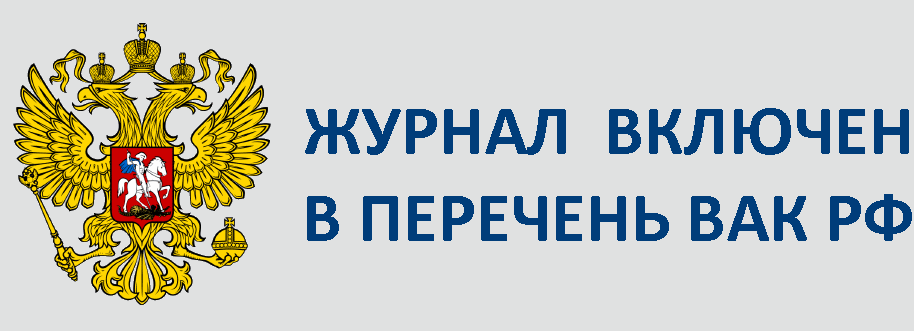№4-2024-21
DOI:10.22281/2413-9912-2024-08-04-167-175
Chertkov A.S.
FEATURES OF THE DEVELOPMENT OF CATTLE-BREEDING AND HAYMAKING ECONOMY AMONG THE RUSSIAN SERVICE PEOPLE OF YAKUTIA IN THE 17TH CENTURY
The article examines the causes, nature and methods of development of cattle-breeding and haymaking economy among service people in the 17th century in the «sovereign’s distant land on the great river Lena». According to the author of this concept, the Yakut historian V.N. Ivanov, the studied method of farming is «one of the indicators of the progressive historical significance of the entry of the Lena region into Russia». The objectives of this article are to examine the features of the socio-economic relations of Russian service people and the Yakuts, as well as to determine the time period of functioning of this type of farming. The author of the article considers the confiscation of «pogrom cattle» from the local population to be the main reason that led to the creation of large cattle-breeding farms among the Yakut voivodes, and substantiates the time limits of the existence of this type of farm among the service people of the Lena region — from the early 1640s to the end of the 1690s. These phenomena contributed to the launch of the processes of stratification among the Russian and indigenous population of the district. The author of the article characterizes the method of running the service people’s farm, studied in the article, as one of the forms of adaptation of Russian people to external conditions in accordance with local traditions and skills of running a farm in conditions of limited resources.
Keywords: service people, Cossacks, governors, Yakut district, cattle breeding, hayfields, land use, tribute population, tribute, land plots
Московский университет им. С.Ю. Витте (Россия),
Moscow University named after S.J.Witte (Russia).
Читать статью (pdf-файл)
Это произведение доступно по лицензии Creative Commons «Attribution-ShareAlike» («Атрибуция — На тех же условиях») 4.0 Всемирная






